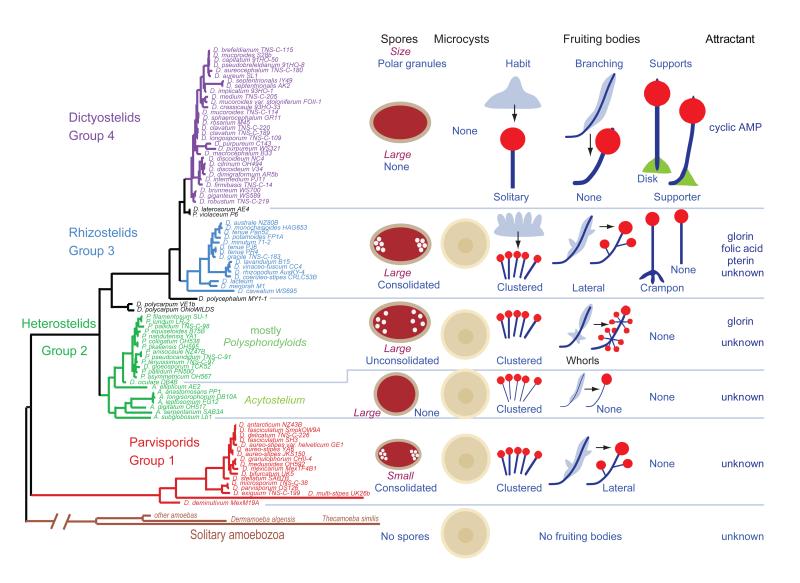Figure 1. Phenotypic evolution in the Dictyostelia.
A molecular phylogeny based on small subunit ribosomal RNA sequences subdivides most known species of Dictyostelia into four major groups (Schaap et al., 2006). A mapping of species characters onto the phylogeny revealed a number of trends in the evolution of phenotype. The Parvisporids take their name from the fact that their spores are smaller than those in the other groups. These spores carry clusters of consolidated granules at their poles, a feature that is also common to the larger spores of the group 3 Rhizostelids. The genum Acytostelium forms a clade within the Heterostelids. It contains the only species with an acellular stalk and except for one species, A. ellipticum, their spores are globose. The other Heterostelids have mainly elliptical spores with unconsolidated granules. The group 4 Dictyostelids have no polar granules. Species in groups 1 to 3 usually form multiple organizing tips on their aggregates, which give rise to multiple clustered fruiting bodies. Additional tips can also be formed later, initiating formation of side branches. Group 4 aggregates tend to form single tips giving rise to large solitary unbranched fruiting bodies, which also have a third cellular structure, the basal disk or supporter, to buttress the stalk. Group 4 species furthermore stand out by having lost the ability to encyst individually and by using cAMP as chemoattractant (Schaap et al., 2006).

